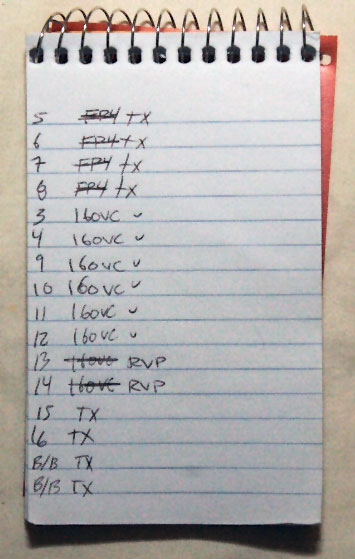Tom Persinger writes:
I’d like to let you all know about The f295 Seminar on Contemporary Alternative Photography, hosted by B&H Photo, Video and Pro-Audio on Sunday, January 27 [2008] from 10:30am – 4:30pm [in New York City]. The event will take place in their brand new, state-of-the-art multimedia Events Room. The event features lectures, demonstrations, and discussion about contemporary alternative photographic practices and information about the upcoming f295 Symposium.
The following photographers/artists will give talks and be available for question/answer: Craig Barber, Laura Blacklow, Jill Enfield, Jesseca Ferguson, Scott McMahon, Erin Malone, Tom Persinger and Jerry Spagnoli.
Seating is limited! come early to be sure to get a spot!
See you there!
TomPS: We’ll be holding a drawing to give away one free pass to attend the f295 Symposium at this seminar!


